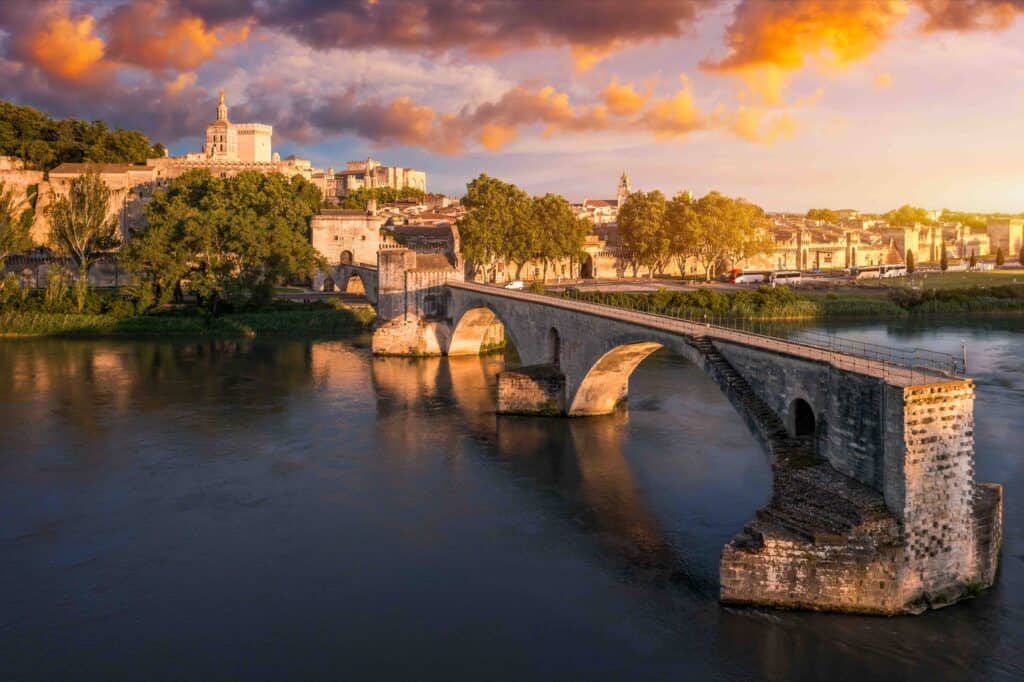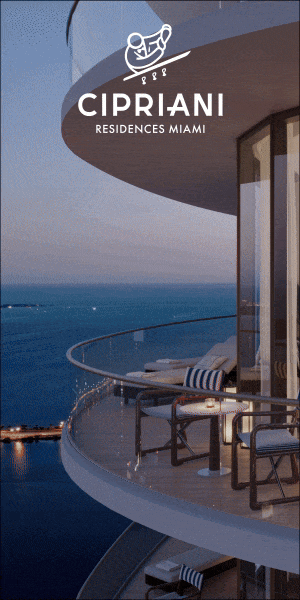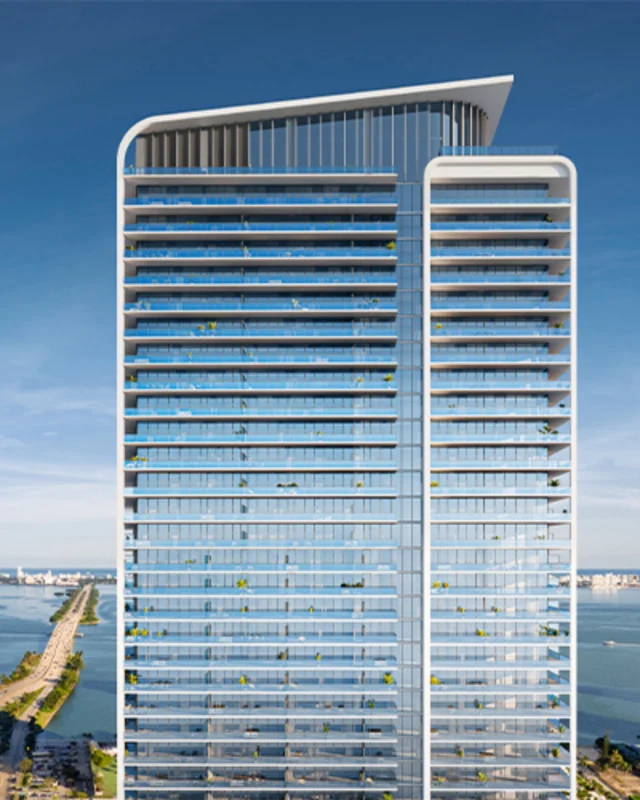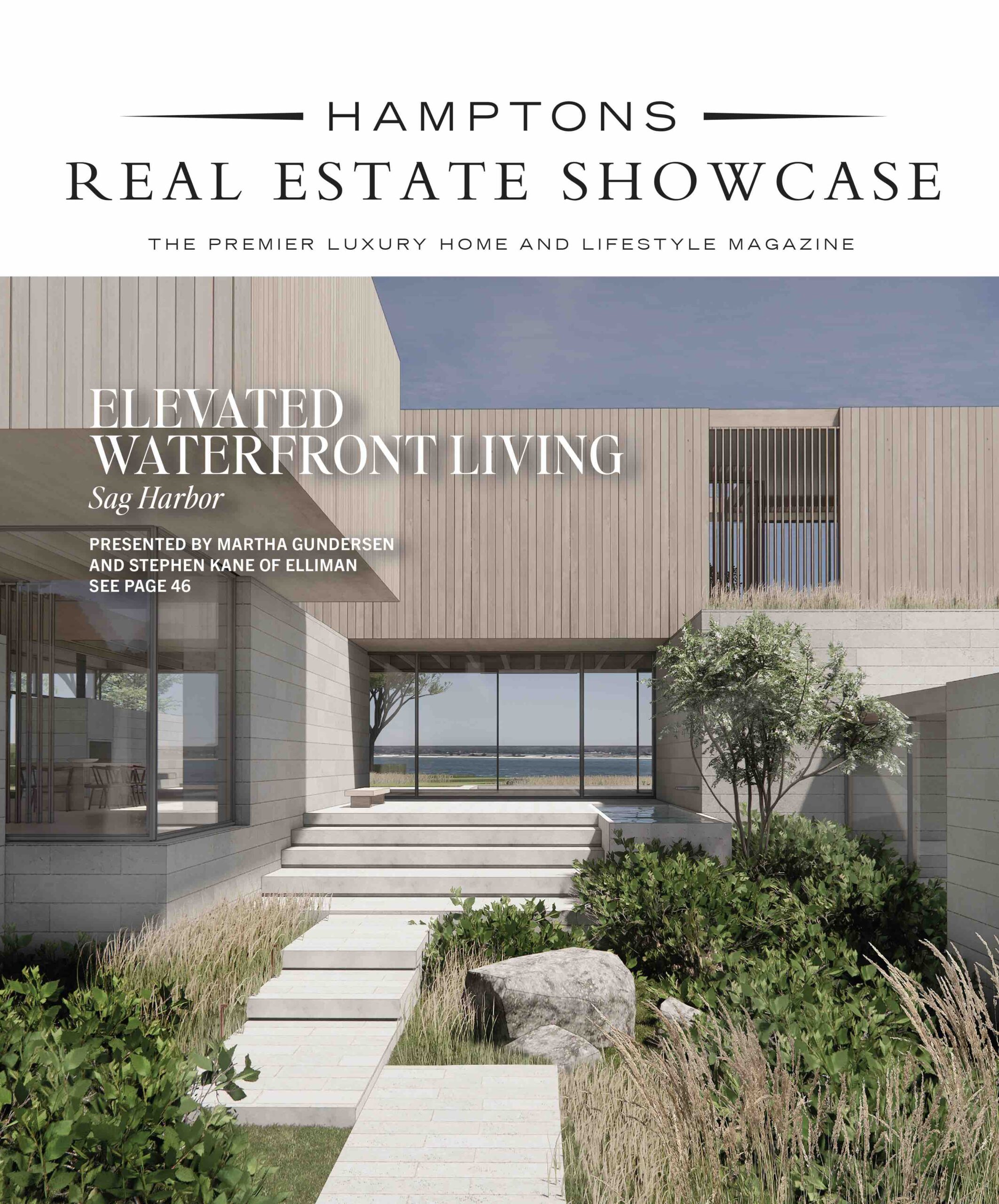Exploring the Timeless Charm, Lavender Fields, and Sun-Kissed Villages in the South of France
No place beckons quite like the sunny South of France. Whether you arrive by plane in Nice or Marseille — or spend a few days in Paris and arrive by train in Avignon or Aix — you’ll be greeted by deep blue skies and lavender landscapes.

Photo: Kirk Fisher/Shutterstock
Avignon, known for the massive Palace of the Popes which was the seat of the papacy from 1309 to 1377, was our gateway to Provence. Luckily, my friend and former Food Arts magazine colleague Julie Mautner lives in nearby St. Rémy, an ideal base for exploring the area, and operates a travel business called Provence Post Travel. She graciously scooped us up and soon we were off in search of lavender, goat cheese, rosé wine, markets, medieval hilltop villages, and Van Gogh.
Julie has been a travel advisor in Provence for a couple of decades now and has an amazing stable of tour guides, chefs, and venues to make any trip a memorable one. There are so many things to do in Provence and her brochure poetically sums it up: “Eat, drink, cook, bake, hike, bike, boat, float, walk, talk, sniff, savor, soar, explore or shop till you drop.” One could spend a weekend or a week or even move to Provence as author Peter Mayle did (A Year in Provence). It’s always another day in paradise. There are any number of charming little hotels and a wealth of villas for rent in all price ranges, usually with a pool. Julie will find your perfect home – provenceposttravel.com

Photo: C. Valdez/Unsplash
I’ll just give you the Cliff Notes version of our lovely sojourn lest this turn into a laundry list. We did as much as we could and then we were off to Nice to catch a nonstop flight back to JFK.
At the Lavender Museum (Musée de la Lavande) in Coustellet, we were greeted by director Max Lincelé, whose family has been producing and distilling lavender in Provence for five generations. (Their farm and product line is called Le Château du Bois.) Max expounded on the varieties and uses of this beautiful flower for decorative, culinary, and medicinal purposes. Even the ancient Romans used it to scent their baths and newly washed linens. We bought a vial of lavender oil as a remedy for mosquito bites.
We milked goats with cheese maker Dany Gauthier in St. Rémy and tasted the goat milk as well as cheese in various stages of maturation — one day, one week, etc. We bought some cheese to contribute to a private rosé wine tasting which Julie wrangled an invitation to for us.

Photo: DaLiu/Shutterstock
From the hilltop village of Roussillon we marveled at the ochre cliffs where hiking trails are now open to the public. Shoes and white clothing can easily be stained by the orange dust.
At Les Baux we were entranced by the all-encompassing sound and light show in the Carrières des Lumières and charmed by the hilltop village itself. Michelin three-star L’Oustau de Baumanière (where Wolfgang Puck once worked) is elegantly nestled in the gorgeous valley below Les Baux.
This is Van Gogh country. The famous painter moved to Arles in 1888 to escape the cold and find inspiration in the light and scenery. Then in 1889 he suffered a mental breakdown and was hospitalized first in Arles and then at Saint Paul de Mausole asylum in St. Rémy. The compound, with its Romanesque cloister, still functions as a psychiatric clinic today; patients who participate in the art program sell their work in the shop. In the old hospital, now open to the public, you’ll find reproductions of Van Gogh’s room, a nuns’ dormitory, a pharmacy, doctors’ offices and more. Van Gogh spent a year here and painted roughly 150 canvasses during that time…plus scores of drawings. Reproductions of his paintings are on view but no originals. The village could not afford the security, we were told. Various tours are offered to explore Van Gogh sites in the area.

It’s also Cezanne country and 2025 is being called The Year of Cezanne. His hometown Aix-en-Provence is going all out to celebrate their famous artist. This June will see the opening to the public in Aix-in-Provence of La Bastide du Jas de Bouffan, Cezanne’s family home, as well as his entire workshop completely refurbished for a full experience. The Granet museum will host a major exhibition for three and a half months (June 28 to Oct 12, 2025), while Granet XXth, the annex of the museum devoted to the 20th century, will host the exceptional loan of the American Pearlman collection for a three-year period.

Instavise/shutterstock
Art lovers won’t want to miss Château La Coste, a vast open-air museum for contemporary art and architecture in a vineyard, less than ten miles north of Aix-en-Provence. The Japanese architect Tadao Ando built the elegant art center with a water feature. Along a walk that takes about two hours, visitors will see works by Alexander Calder, Louise Bourgeoise, Richard Serra, Ai Wei Wei and others. (Sun hats and bottled water are recommended.) There are half a dozen restaurants on the property including one by Michelin star chef Hélène Darroze and one by Argentine chef Francis Mallmann.
On our last day, we had to restrain ourselves from buying everything that wasn’t nailed down at the famous Wednesday morning market in St. Rémy, where vendors transform the narrow village streets with roasting chickens, giant paellas, fine cheeses, fresh vegetables, colorful scarves, Provencal tablecloths, olive wood salad bowls, baskets, and just about any household good you can imagine. We bought a roast chicken, a tablecloth, and a scarf.

At the market, we met a couple of French guys curiously wearing Yankee hats and wondered why. “We love New York!” they exclaimed. “The people are so proud of their city.” I hope they never find out the Yankees didn’t do so well in the World Series.
Beverly Stephen writes about design, food, travel, and lifestyle. She is co-owner of Flavor Forays, a culinary travel company.


















![Experience luxury, privacy, and resort-style living at this exceptional Shelter Island compound 🌳 139 N Ferry Road is a hidden gem featuring a custom-built main house, a gunite pool, radiant heat throughout, and a 1 bedroom guest apartment, all tucked away on 1.1± secluded acres.
Saturday, July 12th | 10am-12pm
Contact @annmarieseddio of @atlassalesrealty for more details. We hope to see you there! [link in bio]](https://hamptonsrealestateshowcase.com/wp-content/uploads/sb-instagram-feed-images/517355052_18521041705030135_8404531768775791793_nfull.webp)


